The Royal Educational Foundation of Port Jefferson is a not-for-profit educational corporation established in 1993 for the sole purpose of raising money to support and enhance the educational process in the Port Jefferson School District and to promote and support creative and innovative teaching techniques, programming initiatives and the utilization of new technologies in the classroom.
Its board of trustees is comprised of community members who volunteer their time to organize fundraising events and to administer the foundation’s funds in cooperation with the school administration and board of education. Since its inception, the foundation has facilitated the granting of several hundred thousand dollars to the district.

Recently, the foundation lost a vital member of its board with the passing of Jill Nees Russell. She was a tremendous asset to the foundation, as well as to the school district and the greater Port Jefferson village community. She was a kind, caring and positive person who focused her energy on making Port Jefferson a better place. She led by example, was instrumental in moving many projects forward (new PTA events like the Science Fair and The Green Team, village programs like the Boater’s Maritime Festival, Heritage Weekend, Festival of Trees and The Holiday Light Show at Village Hall, just to name a few) and the positive impact of her selfless efforts will be felt for years to come. She is sorely missed by everyone who knew her.
At this time, the Royal Education Foundation takes special pride in announcing the renaming of the annual community walk-run event in Jill’s honor. Commencing with this year’s Family Fun Run, the event will be known as the Jill Nees Russell Power of One Family Fun Run!
The Power of One Award could not have a better namesake as Jill was the personification of its required attributes. The award inscription reads in part:
“The little things you do each day have the power to affect a great many people. You inspire us with your willingness and ability to help others. You take on the world, one day at a time, continuously searching for a way to make things better…”
This year will be the sixth time that the Royal Educational Foundation will present the award in conjunction with the annual Family Fun Run. The foundation is pleased to hold this event alongside the Port Jefferson Chamber of Commerce’s annual Health and Wellness Fest and looks to continue this partnership in the future.
The Fun Run was started as a way to encourage physical activity and to celebrate the positive influence we can have on one another within our families and the community.
The Power of One Award is presented to an outstanding community member who positively impacts the lives of those he/she touches on a daily basis. Past award recipients were Thomas Meehan, Richard Anderson, Deidre Filippi, Jesse Rosen and Christian Neubert. This year, the recipient of the Jill Nees Russell Power of One Award is Anthony Butera. Butera is an elementary school teacher in the district; heads the HS/MS drama program; and regularly volunteers for the Dickens Festival, the Harbor Ballet Theater’s “Nutcracker” production and with Theatre Three. The proceeds of this fundraiser will be used to enhance the quality of education in the Port Jefferson School District.
The Royal Educational Foundation invites you to participate in the 6th annual Jill Nees Russell Power of One Family Fun Run on Saturday, May 18. Whether you wish to walk or run, the 2-mile course is open to all ages. The run begins at 8 a.m. at the Port Jefferson Village Center, 101-A East Broadway, continues through the streets of Port Jefferson village, and ends in the High School Bowl. It coincides with the start of the Chamber of Commerce’s Health and Wellness Fest at 9 a.m. and all participants are invited, and urged, to attend.
You may register for the run at www.reffundraiser.ticketleap.com/royal-educational-power-of-one-fun-run/ or on the day of the run between 7:30 and 8 a.m. at the Village Center. Advanced registrants need to check in no later than 8:15 a.m.












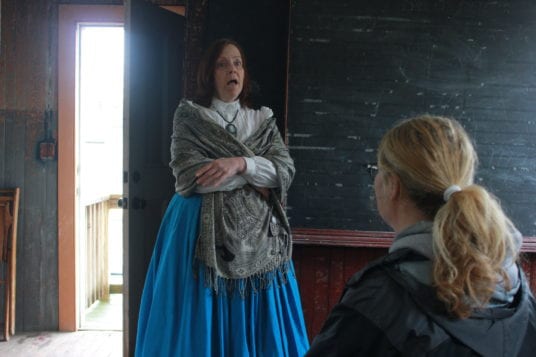




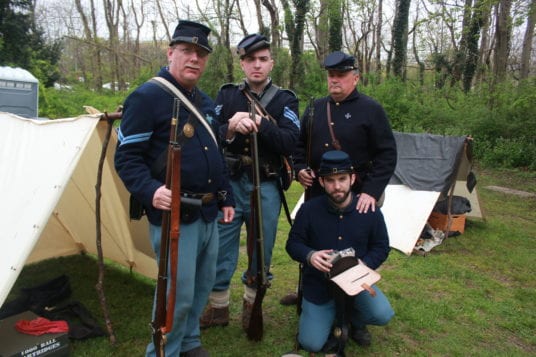



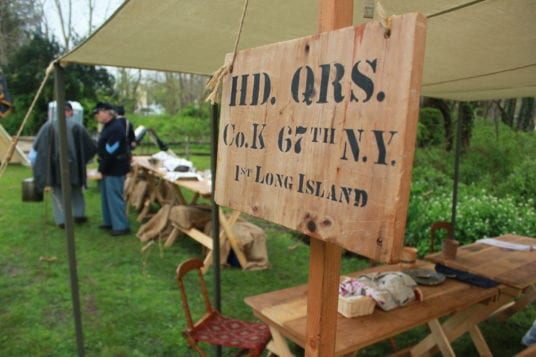

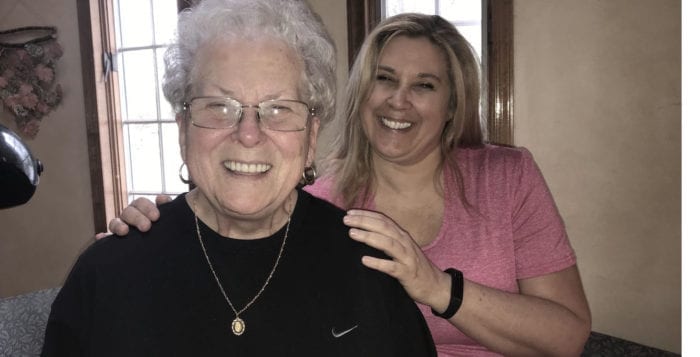



 Robert May
Robert May Faith Erbacher
Faith Erbacher Keith DeVeau
Keith DeVeau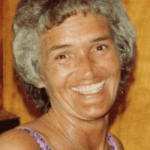 Carolyn R. Cuneo
Carolyn R. Cuneo Edward D. Kavanagh
Edward D. Kavanagh
























